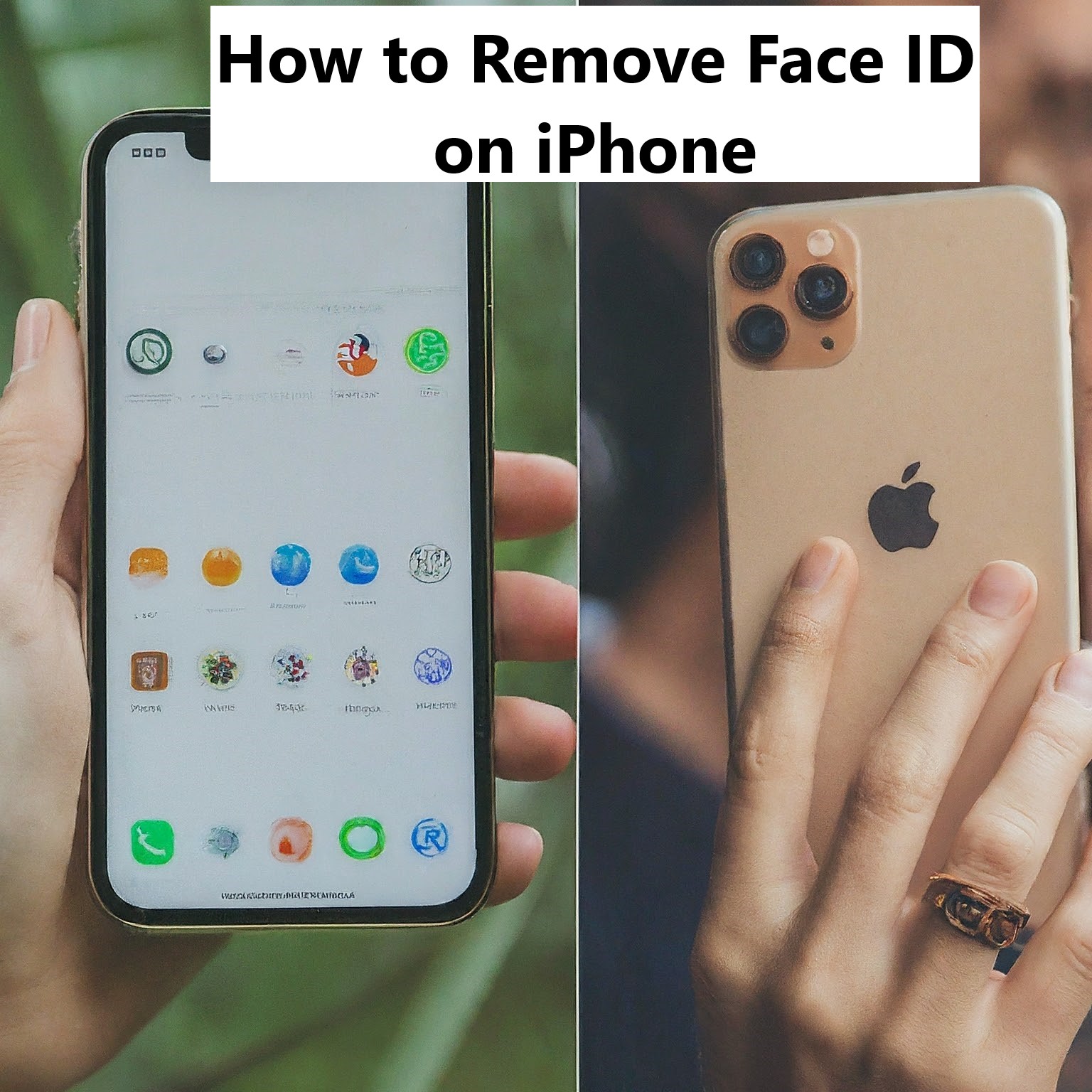Face ID offers a convenient way to unlock your iPhone and secure various applications. However, there may be times when you want to Remove Face ID on iPhone. Perhaps you prefer the security of a passcode, or you’re facing situations where Face ID isn’t working optimally. This guide will walk you through the process of how to remove Face ID from your iPhone.
Important Considerations Before Disabling Face ID
Disabling Face ID entirely removes your facial recognition data from your device. This means you’ll need to enter your passcode every time you want to unlock your phone or use Face ID for other functionalities.
Here are some alternatives to consider before completely removing Face ID:
1. How to turn off Face ID on iOS 17?
Turning off Face ID on iOS 17 follows a similar process:
- Open Settings
- Face ID & Passcode
- Enter Passcode
- Toggle Off Features: Disable all the features that use Face ID (iPhone Unlock, iTunes & App Store, Apple Pay, Password Autofill).
- Reset Face ID: If you want to remove all facial data, tap “Reset Face ID.”
2. Temporarily disable Face ID:
In situations where Face ID might not work well, like when wearing sunglasses or a hat, you can quickly disable it by pressing and holding the side button and either volume button simultaneously. This will bring up the emergency SOS slider, and you can then lock your iPhone by pressing the side button.
3. How to turn off Face ID for the App Store?
While you cannot disable Face ID solely for the App Store, you can control which applications can utilize Face ID for verification. Here’s how:
- Go to Settings -> Face ID & Passcode and enter your passcode.
- Toggle off the switch for the applications where you don’t want to use Face ID for verification, such as “iTunes & App Store.”
Read More:- How To Change Screen Time Passcode on Child’s Phone
How to Reset Face ID on iPhone?
- Open the Settings app on your iPhone. It’s the icon that resembles a gear on your home screen.
- Tap on “Face ID & Passcode.” You may be prompted to enter your passcode for security purposes.
- Scroll down and go to the option “Reset Face ID”.
- Tap on “Reset Face ID.” A confirmation dialog will appear, asking you to confirm your decision.
- Tap “Reset” to permanently remove Face ID data from your device.
After Removing Face ID
Once you’ve removed Face ID, you’ll need to rely on your passcode to unlock your iPhone and use features that previously relied on Face ID verification. Here are some points to remember:
- Set a strong passcode: Since Face ID is no longer available, ensure you have a robust passcode set up for your iPhone. A strong passcode should be at least six characters long and include a combination of upper and lowercase letters, numbers, and symbols.
- Re-enable Face ID (Optional): If you decide you want to use Face ID again, you can easily re-enroll your face data by going back to Settings -> Face ID & Passcode and tapping on “Set Up Face ID.”
How to Reset Face ID on iPhone?
Resetting Face ID is straightforward:
- Open Settings
- Face ID & Passcode
- Enter Passcode
- Reset Face ID: Tap “Reset Face ID” to delete all stored facial data and set up Face ID again if needed.
Tips for Maintaining iPhone Security
- Regularly Update iOS: Ensure your device runs the latest version of iOS to protect against security vulnerabilities.
- Use Strong Passcodes: Avoid simple, easily guessable codes.
- Enable Find My iPhone: In case your phone is lost or stolen, this feature helps you locate it.
- Avoid Public Wi-Fi: Public networks can be less secure; use a VPN if necessary.
- Be Cautious with App Permissions: Only grant permissions to necessary apps.
Conclusion
Removing Face ID from your iPhone is a straightforward process and can be done for various reasons. Whether due to privacy concerns, technical issues, or personal preference, knowing how to disable Face ID and implement alternative security measures ensures your device remains protected.

